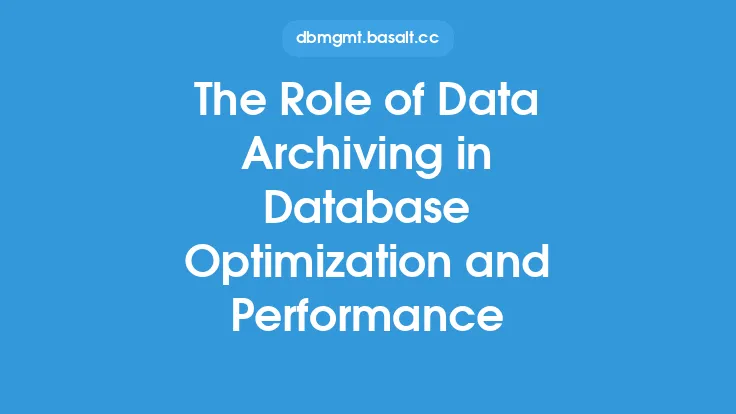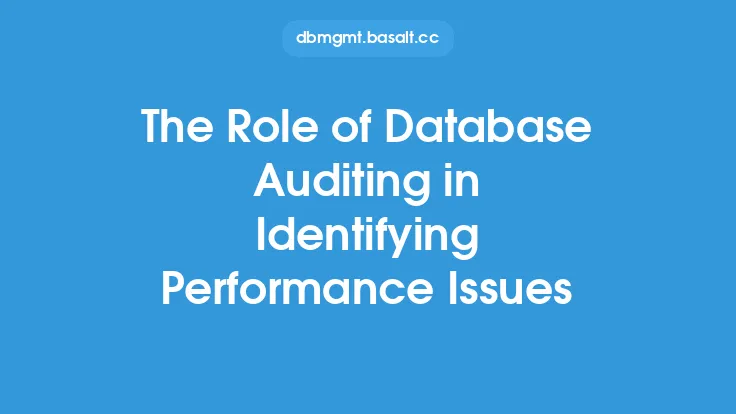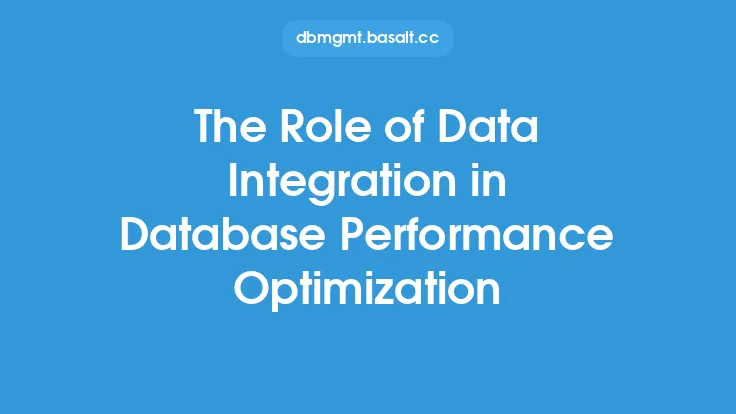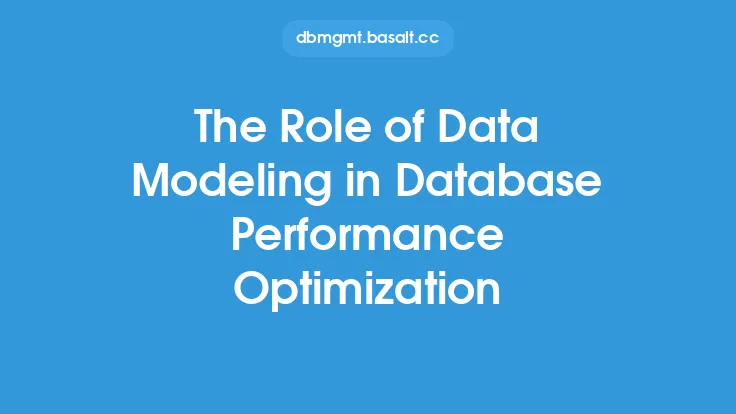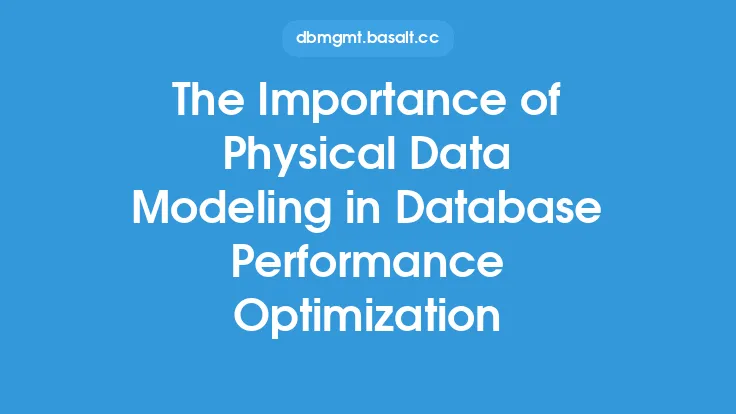When it comes to optimizing database performance, one crucial aspect that is often overlooked is the role of cache size. Cache is a small, fast memory that stores frequently accessed data, reducing the time it takes to retrieve information from the main memory or disk. In the context of databases, cache plays a vital role in improving performance by minimizing the number of disk I/O operations, which are typically the bottleneck in database systems. In this article, we will delve into the importance of cache size in optimizing database performance and explore the factors that influence its effectiveness.
Introduction to Cache Size
Cache size refers to the amount of memory allocated to store cached data. The size of the cache can significantly impact database performance, as it determines how much data can be stored in the cache and how often the cache needs to be refreshed. A larger cache size can store more data, reducing the number of cache misses and subsequent disk I/O operations. However, increasing the cache size also increases the memory requirements, which can lead to higher costs and potential memory contention issues.
Factors Influencing Cache Size
Several factors influence the effectiveness of cache size in optimizing database performance. These include:
- Database workload: The type and intensity of the database workload can significantly impact cache size requirements. For example, a database with a high number of read operations may require a larger cache size to store frequently accessed data.
- Data distribution: The distribution of data in the database can also impact cache size requirements. For example, a database with a large number of small tables may require a smaller cache size compared to a database with a few large tables.
- Cache replacement policy: The cache replacement policy determines which data is evicted from the cache when it is full. A good cache replacement policy can help optimize cache size by ensuring that the most frequently accessed data is retained in the cache.
- Memory constraints: The amount of available memory can limit the cache size. In systems with limited memory, a smaller cache size may be necessary to avoid memory contention issues.
Cache Size and Database Performance
The relationship between cache size and database performance is complex. A larger cache size can improve performance by reducing the number of cache misses and subsequent disk I/O operations. However, increasing the cache size beyond a certain point can lead to diminishing returns, as the cache may become too large to be effective. Additionally, a larger cache size can also increase the time it takes to refresh the cache, which can negatively impact performance.
Optimal Cache Size
Determining the optimal cache size for a database system is crucial to achieving optimal performance. The optimal cache size depends on various factors, including the database workload, data distribution, and memory constraints. A common approach to determining the optimal cache size is to use a cache sizing formula, which takes into account the number of users, queries per second, and average query size. Another approach is to use benchmarking tools to measure the performance of the database system with different cache sizes and determine the optimal size based on the results.
Cache Size and Query Performance
Cache size can significantly impact query performance. A larger cache size can improve query performance by reducing the number of cache misses and subsequent disk I/O operations. However, increasing the cache size beyond a certain point can lead to diminishing returns, as the cache may become too large to be effective. Additionally, a larger cache size can also increase the time it takes to refresh the cache, which can negatively impact query performance.
Cache Size and Indexing
Cache size can also impact indexing performance. A larger cache size can improve indexing performance by reducing the number of cache misses and subsequent disk I/O operations. However, increasing the cache size beyond a certain point can lead to diminishing returns, as the cache may become too large to be effective. Additionally, a larger cache size can also increase the time it takes to refresh the cache, which can negatively impact indexing performance.
Conclusion
In conclusion, cache size plays a crucial role in optimizing database performance. The optimal cache size depends on various factors, including the database workload, data distribution, and memory constraints. A larger cache size can improve performance by reducing the number of cache misses and subsequent disk I/O operations. However, increasing the cache size beyond a certain point can lead to diminishing returns, as the cache may become too large to be effective. By understanding the factors that influence cache size and determining the optimal cache size for a database system, database administrators can optimize database performance and improve overall system efficiency.

